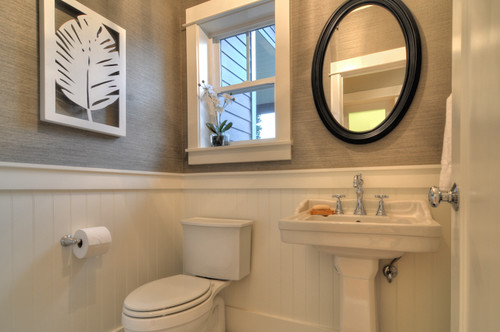A Complete Guide to Buying Grasscloth Wallpaper
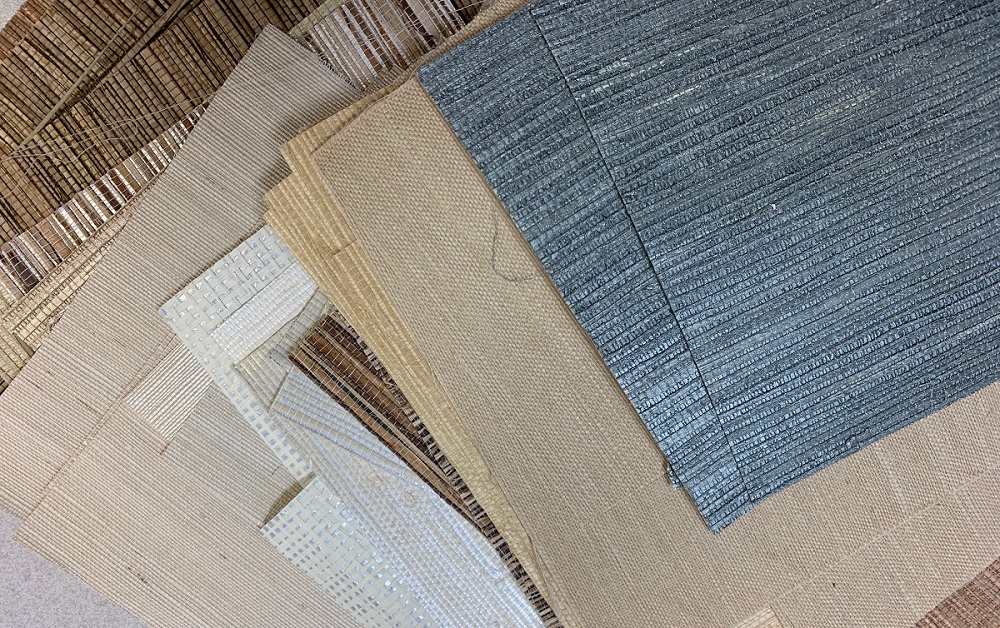
Fashionable yet earthly, grasscloth wallpaper appeals to a unique type of individual with a somewhat eclectic decorating style. It’s for the person who wants to be different in a tasteful manner.
These types of patterns take more skill to install and require a bit more upkeep than conventional wallcoverings. However, with a little more work comes a big payoff and there is nothing like walking into a room decorated with authentic natural sisals.
The look and smell bring an eco-chic mix of modern, breath-taking artistry that tickle the senses and dazzle the mind.

For starters, let’s go over what grasscloth really is because based on conversations with customers, a lot of people are confused on what is really is.
Keep in mind that we are talking about the real thing. There are many faux (aka imitation) patterns at your disposal, and they are wonderful, but this is a complete guide on authentic, 100% real grasscloth wallpaper only.
How It’s Made
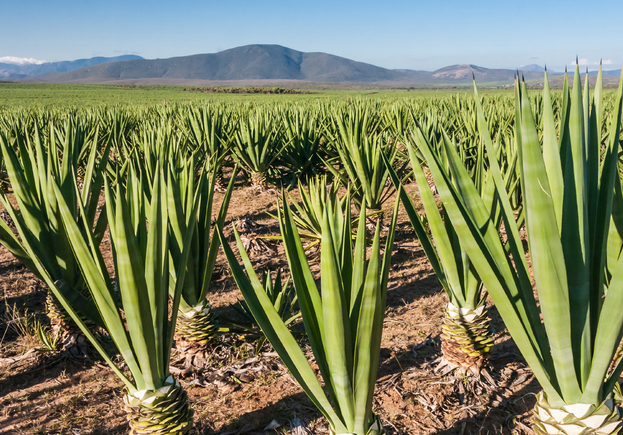
Most of the grasscloth in the world is hand-crafted in Asia. The most common materials it's made from are arrowroot, bamboo hemp, jute, raffia, reeds, and sea grass.
These fibers are hand-woven together in a complex framework typically using lightweight cotton threads and fastened on a thin rice paper backing. The specific pattern of the grasscloth can either be horizontal or vertical, although horizontal is the most popular style of grasscloth pattern.
Costs
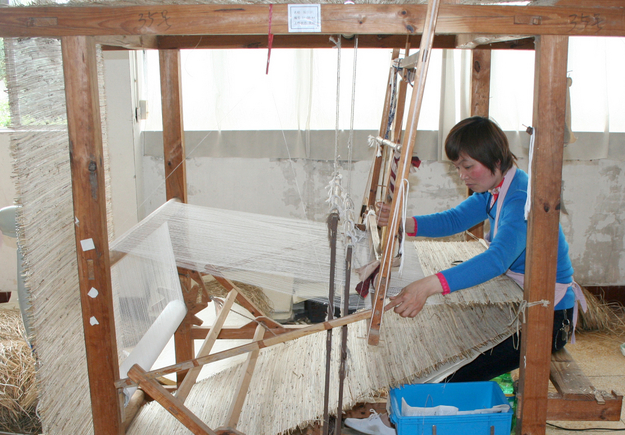
Grasscloth is typically at least double the cost, sometimes more, of traditional wallpaper. It is hand-made and labor extensive to produce. Unlike traditional wallcoverings, it is not manufactured on a rolling machine. Each sisal is hand-woven together by an actual person. How’s that for craftsmanship skill?
Word of Precaution
Unlike vinyl products, the raw materials that grasscloth is made from makes it easy to tear or rip. For this reason, we wouldn’t suggest putting this in an area that will get high amounts of wear and tear. You wouldn’t want to hang it where small children or animals have access daily as well, because of how easily it can be scratched or torn.
While we don’t want to discourage you from installing it in your bathroom or kitchen areas, we also want you keep in mind substances that splatter on the walls where the grasscloth is hanged, will be harder to clean and could leave stains.
It Will Have Seams
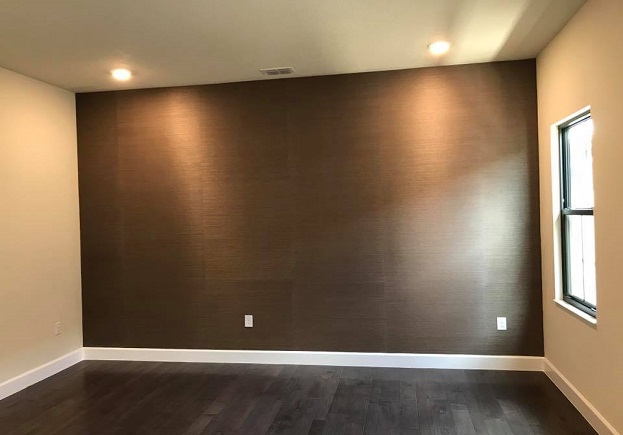
If you plucked two strands of grass from the ground and compared them side by side you would notice that while they are similar, they are not the same. Because grasscloth is made from natural grass, no two rolls will look the same.
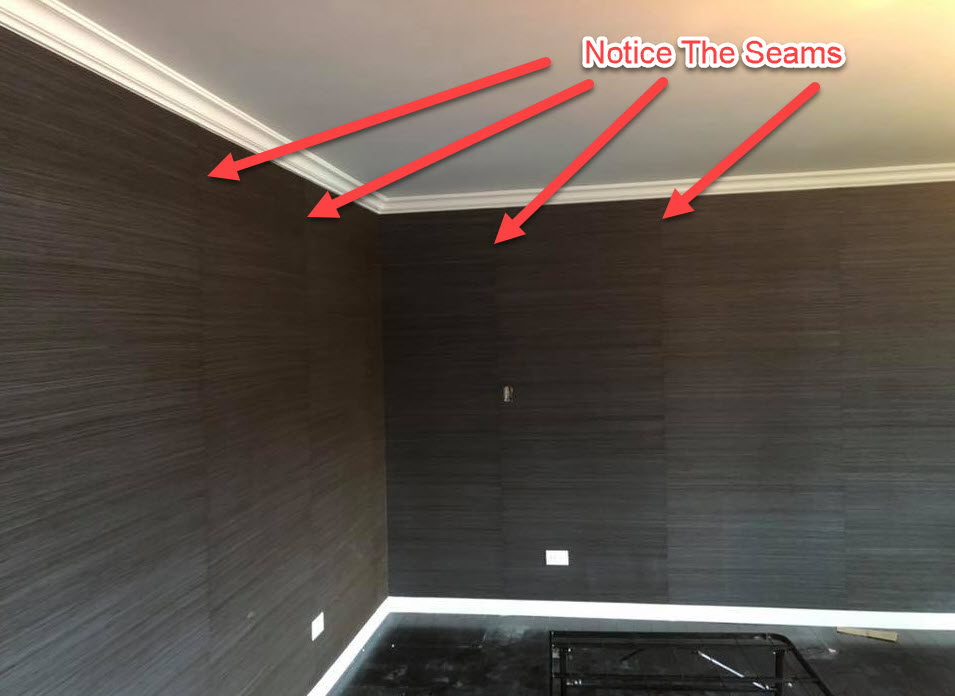
They will be very similar, almost identical, but they will not be exactly, 100% the same. Variations and slight imperfections are part of the natural look that grasscloth brings to a room. It is not meant to be completely uniform like traditional wallpaper, but that is part of the appeal. After all, nature is a beautiful mix of order and entropy!
Smell
One of the best aspects of grasscloth is the smell it brings a room. It’s an unforgettable natural grass scent that hits your nostrils when you’re in an area it’s installed in. As time goes by, the smell will be less intense but will always be there as long as the material is installed. It is not an intense or overpowering smell, but rather a subtle hint of grasscloth goodness.
How Grasscloth Packaging Differs
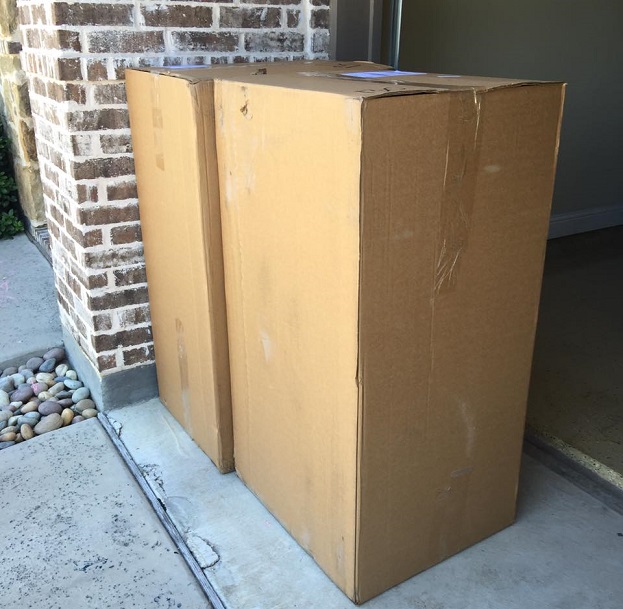
Every type of wallcovering has its own standard widths and lengths. A standard double roll of grasscloth wallpaper is typically 36 inches wide by 24 feet long. Like all wallcoverings, it is priced in single rolls but only packaged in long double rolls.
One double roll with these standard measurements will cover 72 square feet of wall space. With grasscloth there is never a pattern repeat, so this cuts down waste immensely during the installation. Note that some manufacturers may package grasscloth differently, so make sure you do your due diligence before purchasing to know exactly how much is needed.
Pre-pasted Natural Grasscloth Doesn’t Exist…Yet
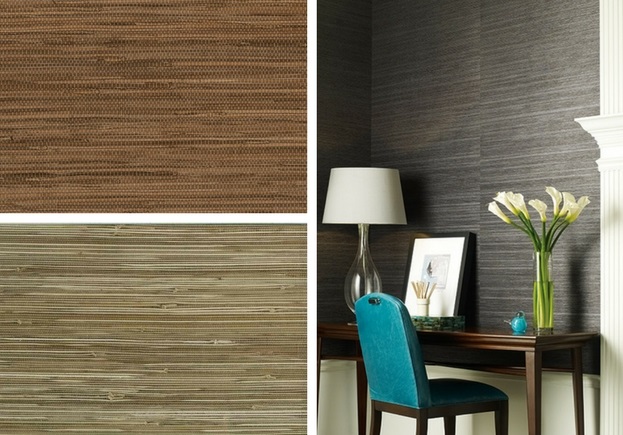
Someday, pre-pasted grasscloth might exist, but presently there is no such thing. There are tons of pre-pasted faux grasscloth vinyl patterns out there, but as far as we know a pre-pasted natural grasscloth option doesn’t exist.
We can’t tell you the reason why it doesn’t exist, because it certainly is possible, but at the moment no manufacturers haven't put the time in to produce it.
Prime Your Walls
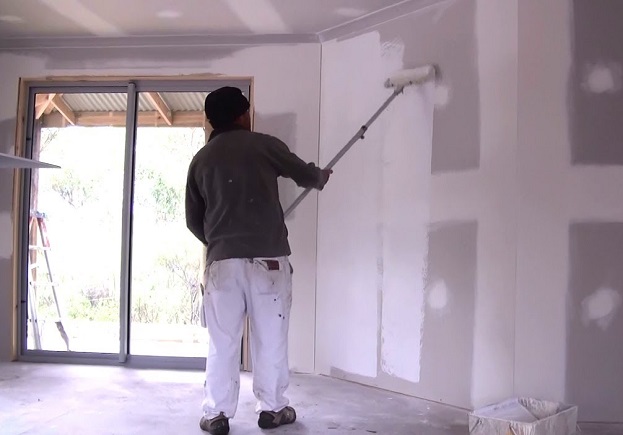
You are spending a lot of money on grasscloth, so we want it to last! In order for your grasscloth to have maximum longevity, prime your walls before even one sheet of wallpaper is hanged. Proper wall preparation involves making sure you have a completely smooth surface with no defects and a barrier between the drywall and paper being hung.
You can purchase a wallpaper primer at any local home improvement store and it is pretty inexpensive. Priming takes a little more time and wall preparation, but it’s entirely worth it. Grasscloth wallpaper installed on a smooth primed wall goes up easily, lasts for a long time, and comes down easily when the time comes. Priming walls also cuts down the odds of air bubbles popping up in your paper while it is drying and setting.
Installation Process
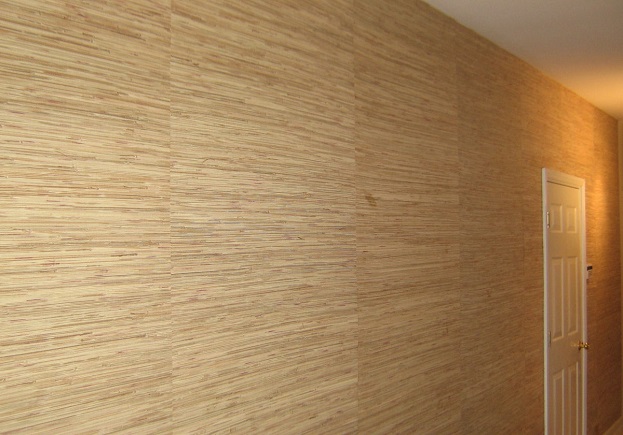
Additional care must be taken when hanging grasscloth on a wall. Attention to detail is a must and we always recommend hiring a professional paperhanger if you don’t already have experience with this material.
Note: Even paperhangers who are good at hanging standard wallpaper can mess up when hanging grasscloth because of how infrequent these jobs may be. While interest in grasscloth has grown, it is still a specialty segment of the industry and it’s easy to forget the little nuances when you don’t install it every day. Make sure your paperhanger is skilled and knowledgeable in dealing with grasscloth installation. You can find a skilled local grasscloth hanger online from the Wallcovering Installer’s Association.
When grasscloth gets wet, with either water or adhesive, the dry material will expand. Some installers will soak a roll or sheet of grasscloth in water to expand it prior to installation. Failure to do this may result in air bubbles that will require large sections of the wall to be smoothed out and re-adjusted later. This might not seem like a big deal, but every time you need to re-adjust wallpaper that has already been hung, the chance for tears and imperfections greatly increase.
Also remember, any glue that gets on the front of the grasscloth will leave a permanent stain. You don’t have to worry about this with standard vinyl wallpaper because it is easily wiped off. Grasscloth doesn’t give you that luxury and adjustments will need to be made if you don’t want glue splotches all over your wall. The workaround for avoiding glue stains is putting the glue on the primed wall first, instead of pasting the paper. Then you can angle the wallpaper in the correct position, without worrying about getting glue on the front of the grasscloth.
Condensation In Bathroom
Grasscloth can be installed in a bathroom or powder room but we recommend it’s hanged in a high place on the walls so water, urine, soap, etc. won’t constantly splatter on it. This will help avoid stains and prolong the longevity of the paper. The material is absorbent so if you get toothpaste on a section, it would be very difficult to wipe it off without it leaving a visible mark.
Humidity isn’t a problem in most modern bathrooms or power rooms because they are equipped with a fan and vent system that removes excess moisture in minutes. If you prime the walls before hanging grasscloth, peeling should not be an issue- even if those in your household like to take really long steamy showers.
Imitation Vs Real
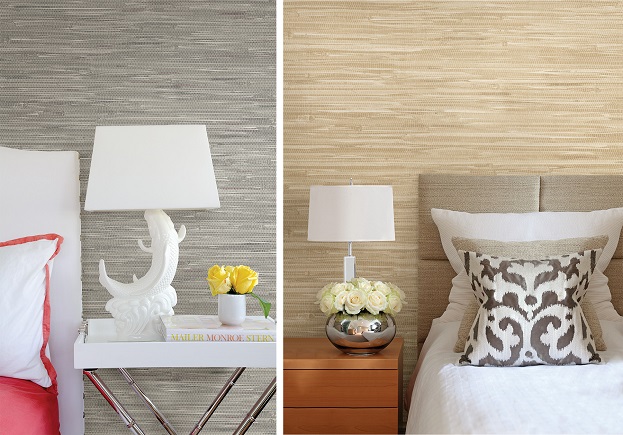
In the world of wallcovering, anything that is imitation is known as a “faux pattern.” There is faux wood, faux brick, faux linen and faux grasscloth. Most of the grasscloth that is created and purchased in the United States is faux due to its lower costs and upkeep. Faux grasscloth patterns cost anywhere from $15- $35 per roll while real grasscloth costs $40- $150+ per roll.
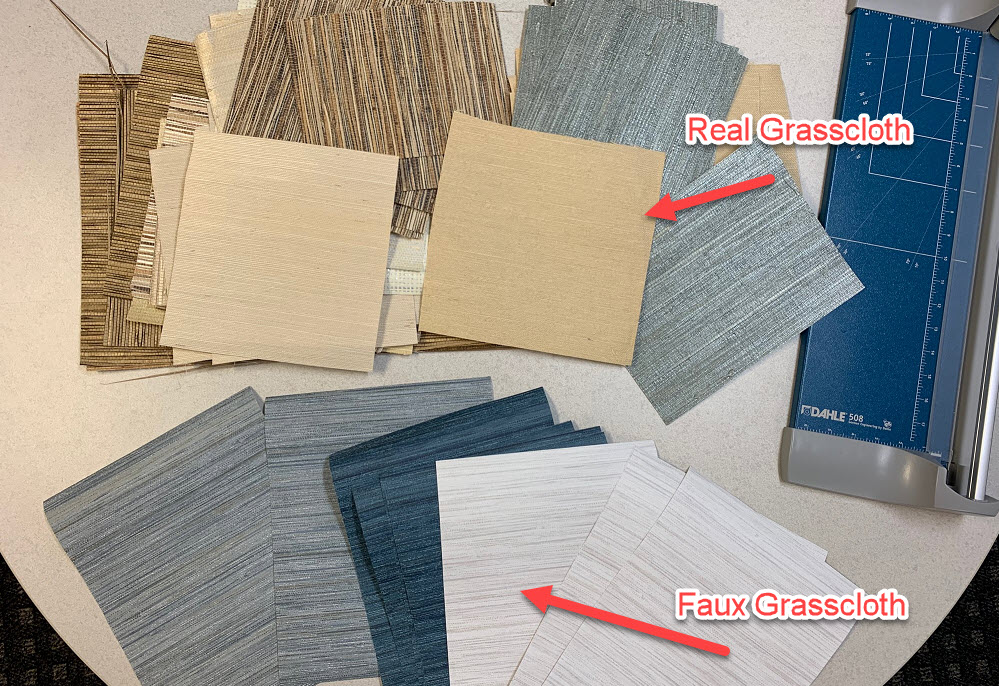
Which one should you go with? The real thing is more expensive, harder to hang and more caution is needed to maintain it. However, it brings an authentic look, texture and smell to your walls that faux can try to get close to, but never totally replicate.
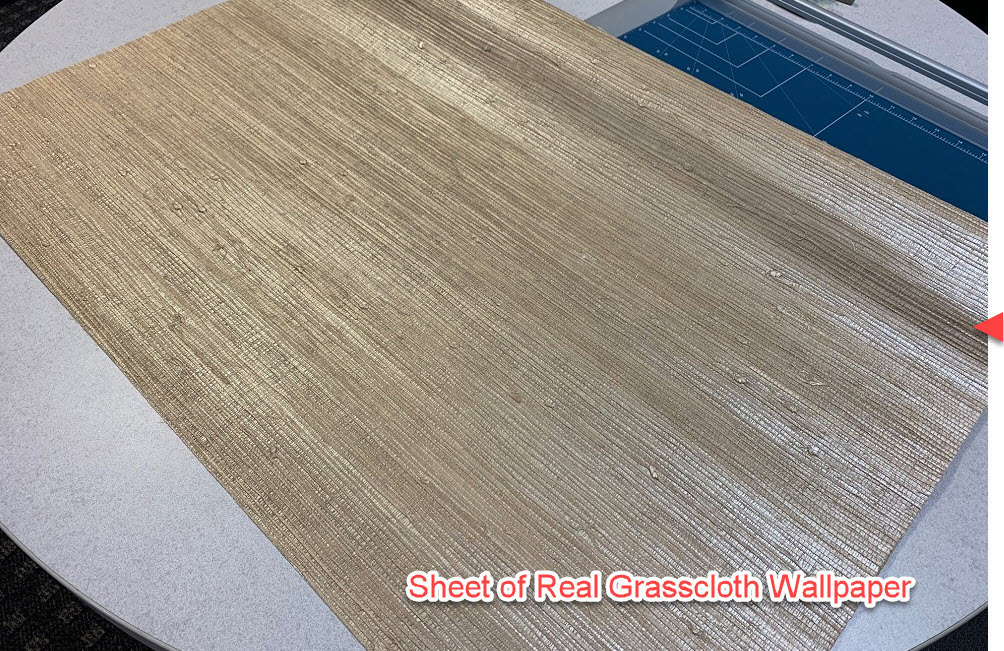
On the other side of the coin, the imitation grasscloth patterns are looking more authentic everyday. You will not get the smell of natural sisal, but you will get very close to the same look and texture. This goes without saying, but the more expensive faux grasscloth patterns are- the more they will look realistic. Cheaper grasscloth patterns will look less realistic. But good news- with faux grasscloth designs, the realism to authentic natural grasscloth is increasing exponentially as new technologies are created and used in printing and manufacturing wallpaper.
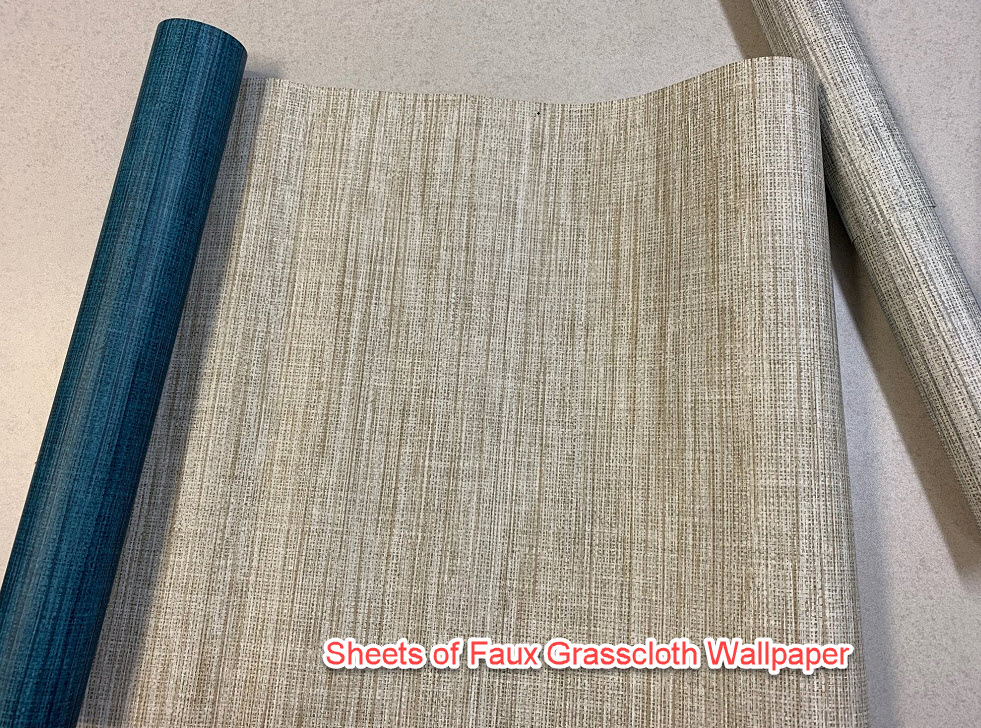
So, the answer to whether you should go with natural authentic grasscloth or faux grasscloth is determined by your budget, how much additional time are you willing to invest, and what your style preferences are.
We will say that natural grasscloth is worth it and very few other wallcoverings can compare to it. There is a definite reason why a small, but dedicated segment of the population will accept nothing less than authentic grasscloth. It is gorgeous and immediately transforms a room into something you never imagined possible.
- November - 2025
- September - 2023
- November - 2022
- November - 2021
- June - 2021
- March - 2021
- February - 2021
- January - 2021
- November - 2020
- October - 2020
- June - 2020
- May - 2020
- October - 2019
- June - 2019
-
May - 2019
- What Is The Best Wallpaper Paste?
- Can You Paint Over Wallpaper?
- Is It Hard To Remove Wallpaper?
- Wallpaper vs. Paint: Which Is Better?
- What Is Vinyl Wallpaper?
- Does Wallpaper Have Asbestos?
- Is Wallpaper Waterproof?
- Can Wallpaper Be Hung Over Plywood?
- Which Wallpaper Is Best For The Living Room?
- What Is The Most Durable Wallpaper?
- What is Removable Wallpaper?
- How Do You Order Wallpaper?
- Does Home Depot Carry Wallpaper?
- December - 2018
- October - 2018
- July - 2018
-
June - 2018
- Wallpaper Ideas
- Commercial Wallpaper Installation Costs
- How Long Will Wallpaper Last?
- What Is Peelable Wallpaper?
- How Expensive Is Wallpaper?
- What Is Half Drop Wallpaper?
- Can You Wallpaper Over Textured Walls?
- Wallpaper Designs
- What Is The Average Cost of Wallpaper?
- Is It Cheaper To Paint Or Wallpaper A Room?
- Do You Need To Prime Walls Before Wallpapering?
- Is Wallpaper Removable?
- How Much Does It Cost To Install Wallpaper?
- How Do You Prepare A Wall For Wallpaper?
- What Are The Different Types Of Wallpaper?
- Can I Do Wallpaper In A Bathroom?
- September - 2017
- August - 2017
- June - 2017
- April - 2017
- March - 2017
- December - 2016
-
November - 2016
- Why You Need to Pay Attention to Wallpaper Repeat
- Difference Between Pre-pasted and Non-prepasted Wallpaper
- Wallpaper Dye Lots, Runs, and Batches? Why Do they Matter?
- How To Shop For Wallpaper?
- Wallpaper Recommendations for Large, Uneven Areas – Hallways, Foyers, and Stairs
- When Wallpaper Shrinks and How to Minimize the Problem
- Recommendations for Wallpaper in the Bathroom
- The Purpose of Wallpaper Primer
- Can I Cover Brick and Stone with Wallpaper?
- Which Wallpaper to Use – Paper, Vinyl Coated, Coated Fabric, Solid Vinyl
- Stores That Carry Wallpaper In Stock
- Can I Hang Wallpaper over Wood Panels?
- October - 2016
- September - 2016
- August - 2016
- July - 2016
- June - 2016






